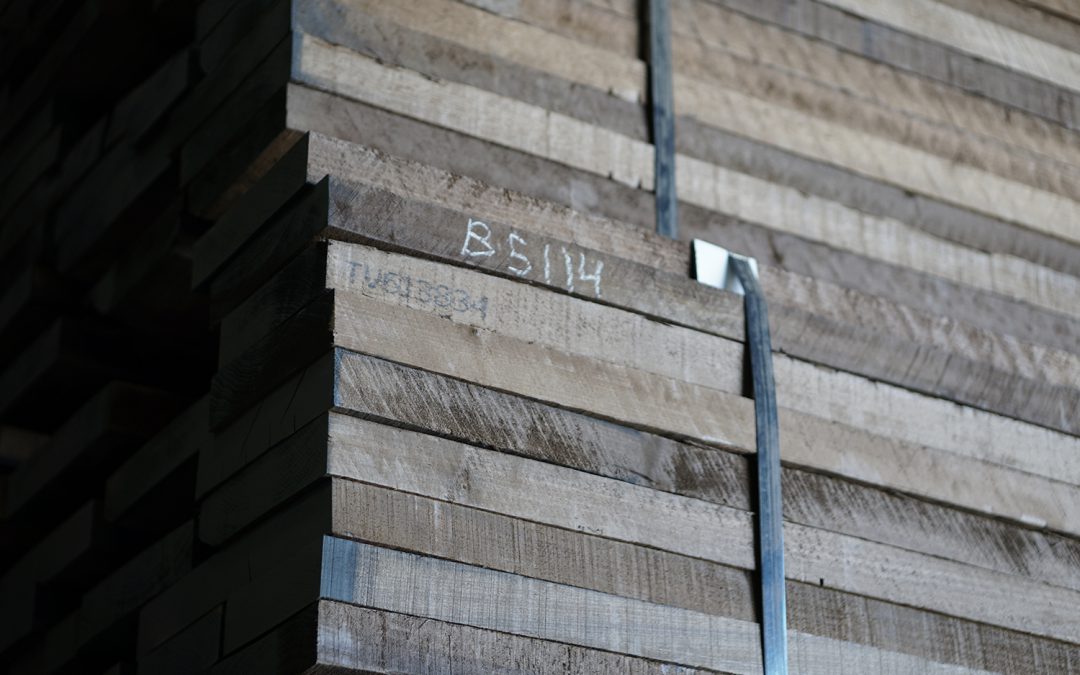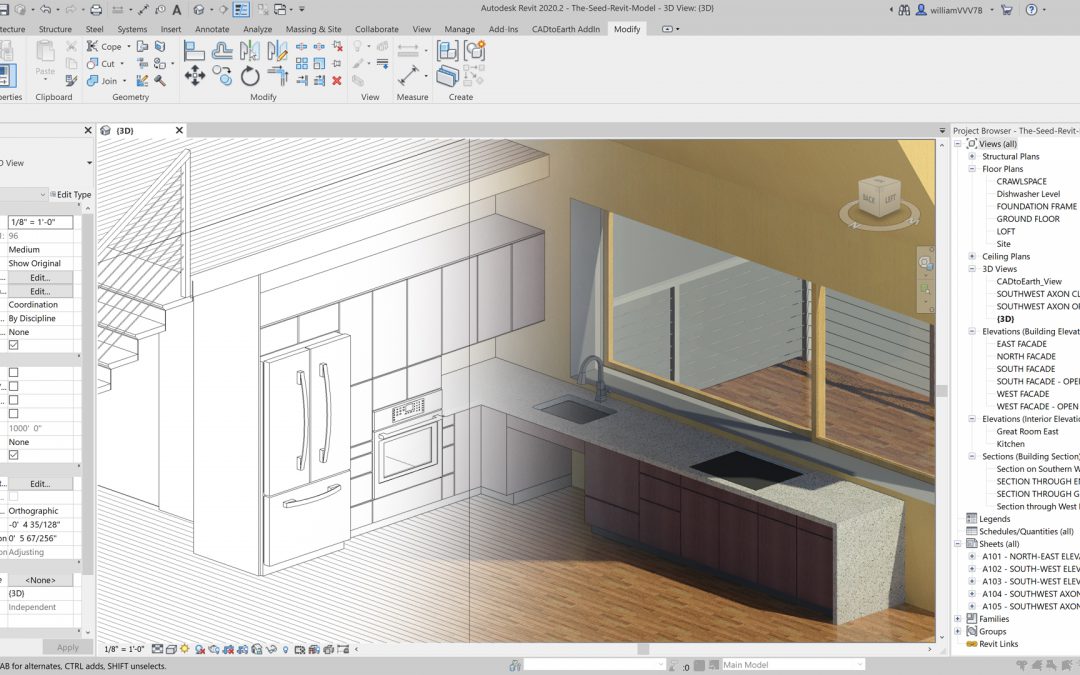
by William | Feb 9, 2022 | Healthy Living
Dear Readers,
The endeavor to build this crazy house of ours has been fraught with difficulties. I can’t count the number of times I have turned to William and asked, “Do you ever regret not pursuing a project more…normal?” His answer has always been the same: “No.” And I agree. I just have to ask…
Amid the difficulties are ground-breaking enlightenments, inspiring learning experiences, and a growing sense of ‘awe’ and appreciation for individuals, groups, firms, and manufacturers who are paving the way for advocacy in responsible regenerative design and living. That sentence sure was a mouthful. But some things are just worth talkin’ about…
Bingaman & Son Lumber is one manufacturer that floored William and I with their processes and very ethos as a company. And they are certainly worth talking about! Hence this blog 🙂
From the onset of designing our home, William and I wanted to use what is called ‘thermally modified wood.’ Thermally modified wood is lumber that is heated just about to the point of combustion. The intense heat caramelizes the sugar and starches in the wood, and solidifies the cells of the wood itself. The result is a dark, beautiful wood (that smells a bit like slightly over-baked chocolate chip cookies…) that is insect (unlike cookies, the wood now lacks the enticing sugar) and water resistant.

by William | Jul 14, 2021 | Healthy Living
Dear Readers,
This is just a quick blog on some exciting additions to the Living Building Challenge’s list of products with Declare labels. A “Declare label” put simply is essentially a ‘nutrition label’ that details what exactly goes into the making of a product, where it is made, and what to do with it at the end of its useful life.
Originally, when William and I first officially decided to pursue full Living Building Challenge certification, their Declare page didn’t have too much going on. Mostly office chairs and carpet tiles, really.
But now….there are products with Declare labels that we could actually use listed in their database! And not only could we use them, you probably could too! Which is so, so wonderful. If you would like to look at the current database on your own, you can go here: Declare – International Living Future Institute (living-future.org)
I, however, am only going to briefly mention to you a few of the particular products we find both exciting and applicable to our home’s design.
The first few I’ll mention are Owens Corning’s Foamglas Insulation and Verduren’s liquid linoleum floor. We are considering using these products for our foundation systems for our mulch basin and composting toilet tank enclosures. Both the Verduren flooring and the foamglas insulation are Red List free and have the potential to be recycled. The Verduren flooring is more recyclable than the insulation admittedly. But still. It’s cool. Just the fact that some manufacturers are willing to be open about what exactly goes into their products and where they are made is a step forward in a wide-spread recognition of both our footprints and handprints. Of course, additional independent research is always encouraged.

by William | May 26, 2021 | Small Footprint
Dear Readers,
The great thing about presentations is that they force William and I to accomplish tasks we would rather procrastinate on. For example, the rendering William completed for our presentation to Pittsburgh’s Green Building Alliance was, at best, rough. For this next presentation we have coming up for Philadelphia’s Green Building United, we want people to really see this beautiful image of our home we have revolving around in our own heads.
That means we need to hunker down and pick interior materials and products. And if you are attempting to meet the Living Building Challenge, that does not result in: “oh, let’s just go to Home Depot and see what we find today…”
When I look for a fridge, I need to know where exactly it is manufactured, does it have a Declare Label, does the refrigerator use any HFCs or does it rely on R600a (which has a lower global warming potential), and is the refrigerator itself made with any Red List chemicals? Not to mention if the fridge comes in the color and design William wants…oh! And how much energy does it actually use?



